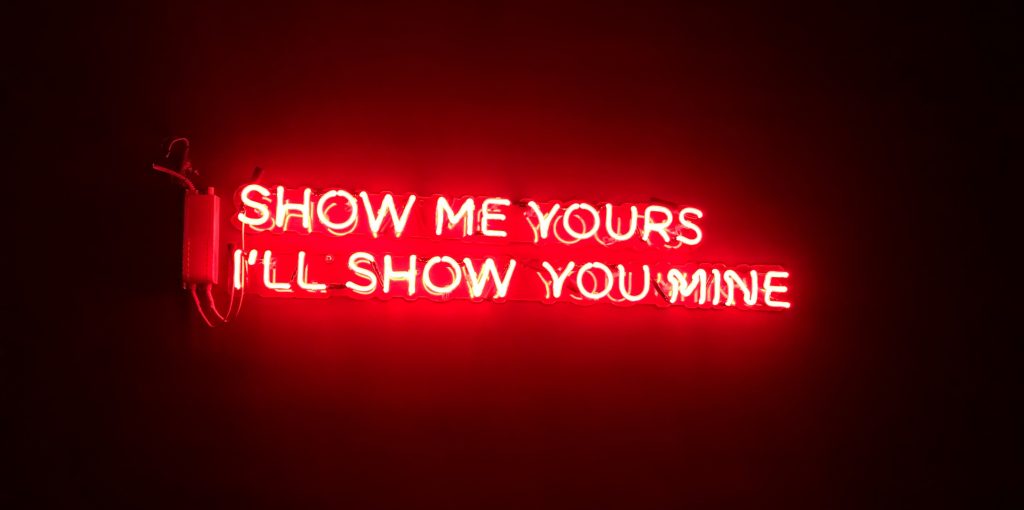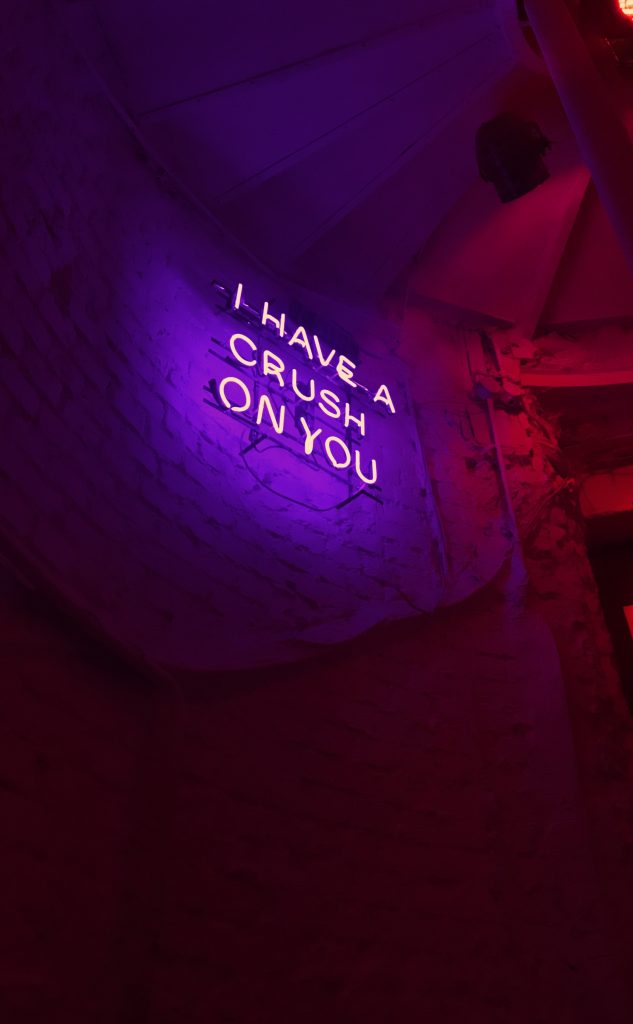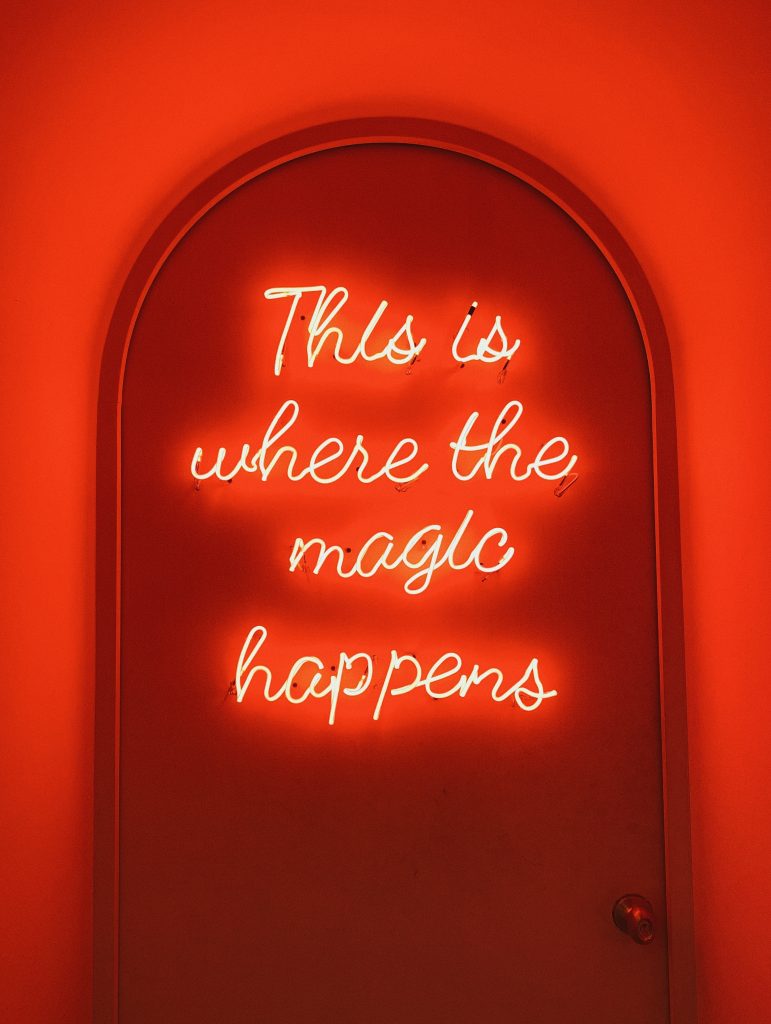
Money, money, money, must be funny, in the rich grant’s world
All the things I could do if I had a little money
Money is the answer to everything. Want to add fancy new experiments to your research project? Money. Want to attend that Conference is an exotic looking place? Money. But the million-dollar question is, how do we get that money? And the answer is simple, Grants. However, as a PhD student it can get overwhelming to properly (and correctly) apply for grants, especially when the competition is so fierce.
Luckily or unluckily, depending on how you see it, recently one of my very first grant applications has been rejected, thus I went on a personal mission to discover how grants actually work. So buckle up reader, as I am about to lie on you a crash course into grant application.
Step one: “Prisma, the dating app for grants”
Most grants, at least those relevant for PhD students, can be found in and applied through Prisma. On the webpage we can find two types of grants; internal funding (from inside the university) and external funding (from outside the university). In general, internal grants ask for cover letters and tend to be of shorter length, while those from outside KI tend to not ask for any cover letter. But the latter are lengthier applications as they ask is more detailed and extensive information (e.g. project plan on the research that will be carried out).
However, the reason why you select a grant should not be based on the amount of work you have to put in, but by how well you match each other. Think of it as trying to find your perfect match. You want to be selective and put all your efforts into only one (or a couple) application(s).
Step two: “Close and personal with your love-interest”
There are many good applications, but yours has to be perfect. But how to be perfect? Well, you can start by studying the grant (and its funder) you are interested in. Every funder has a set of requirements they are searching for, and you must fill all of them (be aware that not filling them all will automatically eliminate you from the selection pool). Moreover, grant applications are also evaluated by different people; some belong to the general public, while others belong to expert groups. Thus, adapt the language, information and the level of specificity for each and every application you fill.

It is better to start with the application writing as soon as possible, not only to have time to carefully read through the whole grant guideline, but to also ask for guidance if needed. It may be a good idea to find someone who has previously won the grant you are interested in and ask them (kindly) to review your application.

Take into account that once the application period is closed, nor Prisma nor KI Grants office will be able to help you change things in your application folder. There are many applicants and zero second chances.
Step three: “The perfect dating profile”

Consider grant application process as a dating app. You first show your interest towards them, and then wait and hope that your best pictures are enough to catch their attention. Now, you may be wondering what the equivalent of a dating profile in this application process is, and that is the CV. Here you will be as specific as the funder asks you to be (no more or no less) and answer all the questions they have. To do this it is easier if you have a “Master CV”, which is basically a folder that contains every single thing you have done (e.g. experiments, techniques, courses, teachings, congresses), so that you can cherry pick and adapt your profile for every single funder.
For PhD students having publications is not so important when applying for grants, at least not for KI Travel grants. But you need to know that funders want to give their money to experts, and publications can back you up in your expertise.
The average Joe knows how hard it is to keep a CV updated. Some may find it useful to attend activities that require the attendee’s curriculum to be up-to-date, alias to be forced to update their CV in order to be able to attend to activities. Others may find it more motivational to daydream about the time when they finish their PhD and start working outside academia, so then updating their CV becomes an incentive. Whatever way you find to keep a current CV is valid, we don´t judge over here (well, maybe a little?).
Step four: “A match made in Prisma”
If luck, destiny, or your own good work results in a match, then congratulations, you have unlocked a level many scientists wish to achieve. However, if your love-interest does not reciprocate, do not worry, there will be more opportunities in the future (every few months or every year to be more precise). Maybe this unreciprocated love will help you become stronger and work harder to improve your grant-dating skills or maybe this will be the beginning of your villain arc. Who knows?

Step four: “Fairy godmother”

To end this blog on a hopeful note I would like to tell you that you do not have to be alone during this whole process. With the help of your favourite break-up food (hello pint of ice-cream) you can check-out Research Funding & Economy and KI Career service as they offer extra information and CV, cover letter, LinkedIn, etc. courses that you can apply to and learn from (be sure to check out their newsletter which contains their latest updates).
Practice makes perfect, so start applying when you are a PhD and not so dependent on grants to support your research projects. So, keep trying and maybe one day your love will be reciprocated, and you will be monetary compensated. Because that is the end-goal we all are searching for and not love, isn´t it?
All the pictures used in this blog were from Unsplash.

0 comments